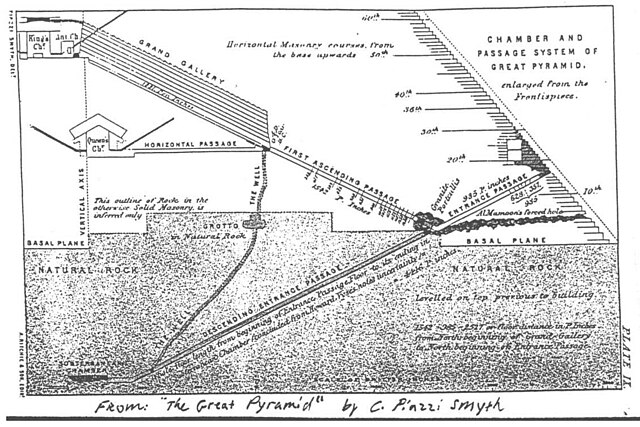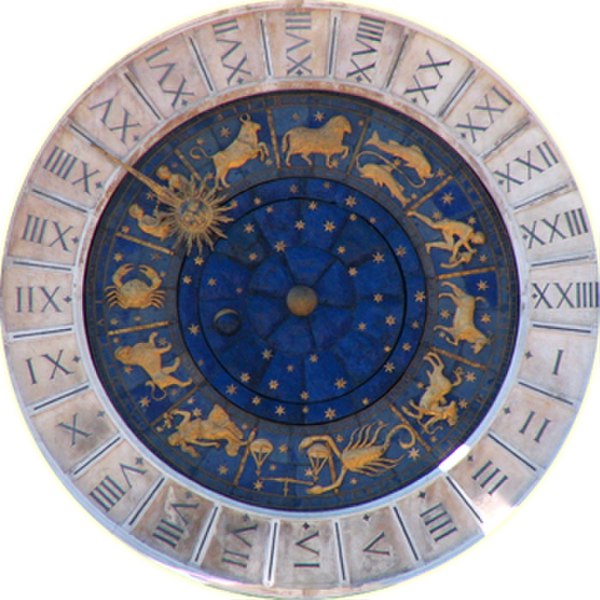Pyramidology refers to various religious or pseudoscientific speculations regarding pyramids, most often the Giza pyramid complex and the Great Pyramid of Giza in Egypt. Some "pyramidologists" also concern themselves with the monumental structures of pre-Columbian America, and the temples of Southeast Asia.
Great Pyramid of Giza
This diagram from Charles Piazzi Smyth's Our Inheritance in the Great Pyramid (1864) shows some of his measurements and chronological determinations made from them.
Pseudoscience consists of statements, beliefs, or practices that claim to be both scientific and factual but are incompatible with the scientific method. Pseudoscience is often characterized by contradictory, exaggerated or unfalsifiable claims; reliance on confirmation bias rather than rigorous attempts at refutation; lack of openness to evaluation by other experts; absence of systematic practices when developing hypotheses; and continued adherence long after the pseudoscientific hypotheses have been experimentally discredited. It is not the same as junk science.
A typical 19th-century phrenology chart: During the 1820s, phrenologists claimed the mind was located in areas of the brain, and were attacked for doubting that mind came from the nonmaterial soul. Their idea of reading "bumps" in the skull to predict personality traits was later discredited. Phrenology was first termed a pseudoscience in 1843 and continues to be considered so.
The astrological signs of the zodiac
Homeopathic preparation Rhus toxicodendron, derived from poison ivy





